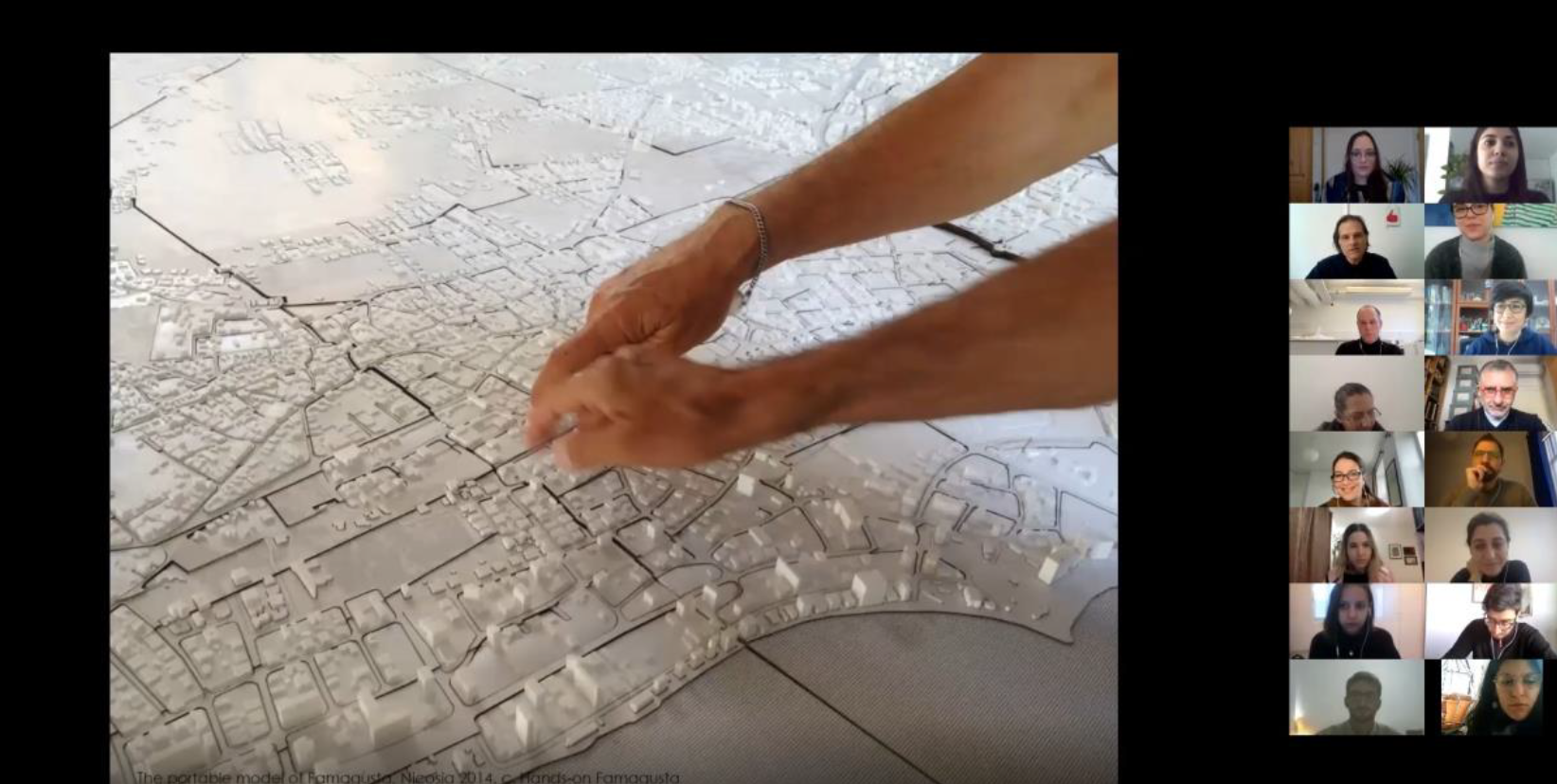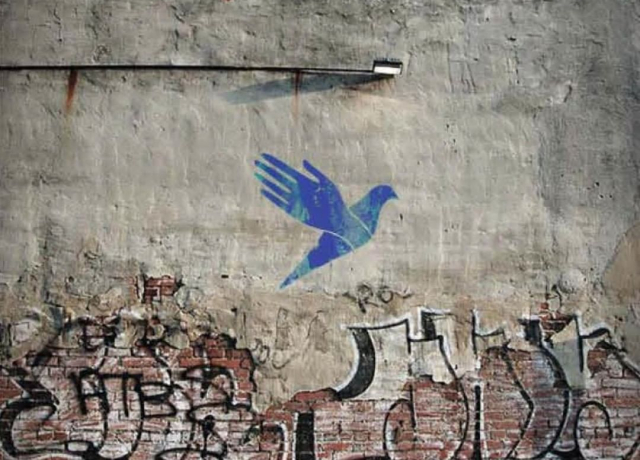European Heritage Days Article:
Home for Cooperation, Cyprus: a European Heritage Days Story
European Heritage Days Article:
Home for Cooperation, Cyprus: a European Heritage Days Story
Since the mid 1970s, Cyprus has been a country divided with Turkish Cypriots moving to the north and Greek Cypriots to the south. Five decades later, this project’s application described how “Cyprus still experiences divisive educational and political discourses, one-sided historical representations, and generations growing apart; the majority of locals do not usually have the opportunity to cross paths with each other. This separation causes misrepresentations and misconceptions about the ‘other’ community which further sustain prejudices and fear of interaction”.
To address this divide, the objective for this project was to bring together young people, university students and graduates in the fields of architecture, archaeology, conservation and anthropology to share their traditions, customs and cultural heritage as a basis for visualising a shared future. H4C wanted to address both physical and political barriers, acting as a “bridge-builder between separated communities, memories and visions” in order to “shed a light on the common ground that unites the people of Cyprus” and provide opportunities for participants to share their ideas with others.

The project involved three stages: an open call for participation from young people from across Cyprus, followed by site visits and workshops at locations across the divide, and finally culminating with an exhibition. The project initially planned in-situ visits, but conditions brought by the covid-19 pandemic, including restrictions in physical meetings as well as the closure of the crossing points in Cyprus for the first time since 2003, forced a rethink in approach. H4C decided to switch to a digital methodology, collaborating with the Imaginary Famagusta Group to hold remote workshops and an online exhibition hosted through their online platform. The original plans were for 10-12 participants, but after the open call proved popular, and with the flexibility offered by the online platform, the project doubled in size and 24 people were able to take part.
Original plans for the project included two site-visits; identifying the historical significance of each area, collecting visual material which could be used to reimagine the site’s possibilities and discussing its conservation or restoration needs at later workshops. Moving online, a single site was selected, with a 3D ‘virtual visit’ to the marketplaces of Famagusta and online workshop made possible using the Hands-on Famagusta platform and the input of local and international experts. There were two roundtable discussions ‘Situating the Stories’ asked participants to consider the experiences they could bring to the discussion, while ‘Can We Talk About Alternative Forms of Exchange’ opened up the space to discussion from international collaborators.
The inItial online exhibition took place on 19th-25th April 2021, and was promoted via the Home for Cooperation and Imaginary Famagusta Group’s social media channels. It included short video teasers, animated clips with footage taken from the workshop, and posts posing questions such as “how can buying and selling encourage interaction in marketplaces and between whom”, “how is the location of the market crucial for the inclusive city” and “how are marketplaces relevant to intangible cultural heritage”? As a sustainable legacy, the exhibition is now permanently hosted at home4cooperation.info and is available in English, Greek and Turkish.
